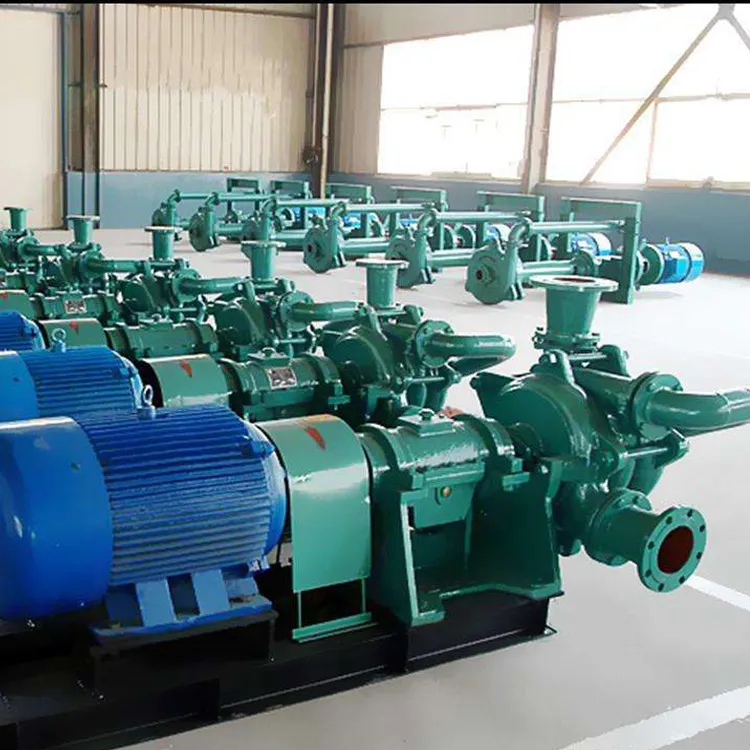English
- Afrikaans
- Albanian
- Amharic
- Arabic
- Armenian
- Azerbaijani
- Basque
- Belarusian
- Bengali
- Bosnian
- Bulgarian
- Catalan
- Cebuano
- Corsican
- Croatian
- Czech
- Danish
- Dutch
- English
- Esperanto
- Estonian
- Finnish
- French
- Frisian
- Galician
- Georgian
- German
- Greek
- Gujarati
- Haitian Creole
- hausa
- hawaiian
- Hebrew
- Hindi
- Miao
- Hungarian
- Icelandic
- igbo
- Indonesian
- irish
- Italian
- Japanese
- Javanese
- Kannada
- kazakh
- Khmer
- Rwandese
- Korean
- Kurdish
- Kyrgyz
- Lao
- Latin
- Latvian
- Lithuanian
- Luxembourgish
- Macedonian
- Malgashi
- Malay
- Malayalam
- Maltese
- Maori
- Marathi
- Mongolian
- Myanmar
- Nepali
- Norwegian
- Norwegian
- Occitan
- Pashto
- Persian
- Polish
- Portuguese
- Punjabi
- Romanian
- Russian
- Samoan
- Scottish Gaelic
- Serbian
- Sesotho
- Shona
- Sindhi
- Sinhala
- Slovak
- Slovenian
- Somali
- Spanish
- Sundanese
- Swahili
- Swedish
- Tagalog
- Tajik
- Tamil
- Tatar
- Telugu
- Thai
- Turkish
- Turkmen
- Ukrainian
- Urdu
- Uighur
- Uzbek
- Vietnamese
- Welsh
- Bantu
- Yiddish
- Yoruba
- Zulu
Telephone: +86 13120555503
Email: frank@cypump.com
Sep . 22, 2024 06:51 Back to list
slurry pump power calculation
Slurry Pump Power Calculation Understanding the Essentials
Slurry pumps are critical components in various industries, including mining, construction, and wastewater management. These pumps are designed to transport slurries, which are mixtures of solids and liquids, often with high density and viscosity. Calculating the power required to operate a slurry pump is essential for efficient design and operation, ensuring that the system's energy consumption is minimized while maintaining optimal performance.
To begin with, the power required for a slurry pump can be derived from several fundamental concepts. The main factors influencing the power calculation include the flow rate (Q), the total dynamic head (H), the specific gravity (SG) of the slurry, and the pump efficiency (η). The flow rate is typically measured in cubic meters per hour (m³/h), while the total dynamic head represents the height the slurry needs to be lifted, expressed in meters.
The formula for calculating the hydraulic power (P_h) needed in watts is given by
\[ P_h = \frac{Q \times H \times SG \times g}{3600} \]
Where - \( P_h \) = hydraulic power in watts - \( Q \) = flow rate in m³/h - \( H \) = total dynamic head in meters - \( SG \) = specific gravity (dimensionless) - \( g \) = acceleration due to gravity (approximately 9.81 m/s²)
slurry pump power calculation

Once the hydraulic power is calculated, it's crucial to account for pump efficiency to find the overall power requirement
. The actual power (P_a) needed to drive the pump can be determined using\[ P_a = \frac{P_h}{\eta} \]
Where \( \eta \) is expressed as a decimal (e.g., 80% efficiency would be 0.8).
It is important to note that slurry pumps often operate under varying conditions, and factors such as the particle size, temperature, and pump wear can affect performance. Therefore, conducting a thorough analysis of these factors during the design phase is vital.
Moreover, considering maintenance and operational costs is equally important. Selecting the right pump size and type not only impacts power consumption but also influences the longevity of the pump system. Regular monitoring and adjustments based on the operational conditions can lead to improved efficiency and reduced energy costs over time.
In conclusion, slurry pump power calculations are fundamental for optimal pump selection and operational efficiency. Understanding the relationship between flow rate, head, specific gravity, and efficiency allows engineers to design systems that meet the demands of transporting slurries while minimizing energy consumption and maintenance challenges. Investing time in precise calculations leads to a more sustainable and cost-effective pumping solution in any industry.
-
ISG Series Vertical Pipeline Pump - Chi Yuan Pumps Co., LTD.|High Efficiency, Energy Conservation, Low Noise
NewsJul.29,2025
-
ISG Series Vertical Pipeline Pump-Chi Yuan Pumps Co., LTD.|High Efficiency&Energy-Saving
NewsJul.29,2025
-
ISG Series Vertical Pipeline Pump - Chi Yuan Pumps Co., LTD. | High Efficiency, Energy-Saving
NewsJul.29,2025
-
ISG Series Pipeline Pump - Chi Yuan Pumps | High Efficiency, Low Noise
NewsJul.29,2025
-
High-Efficiency Vertical Slurry Pumps for Mining & Industry Solutions
NewsJul.29,2025
-
High-Efficiency Pipeline Pump Solutions for Every Pipeline Pump Station
NewsJul.29,2025










